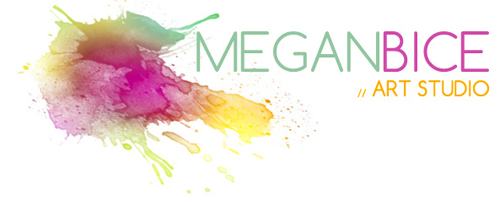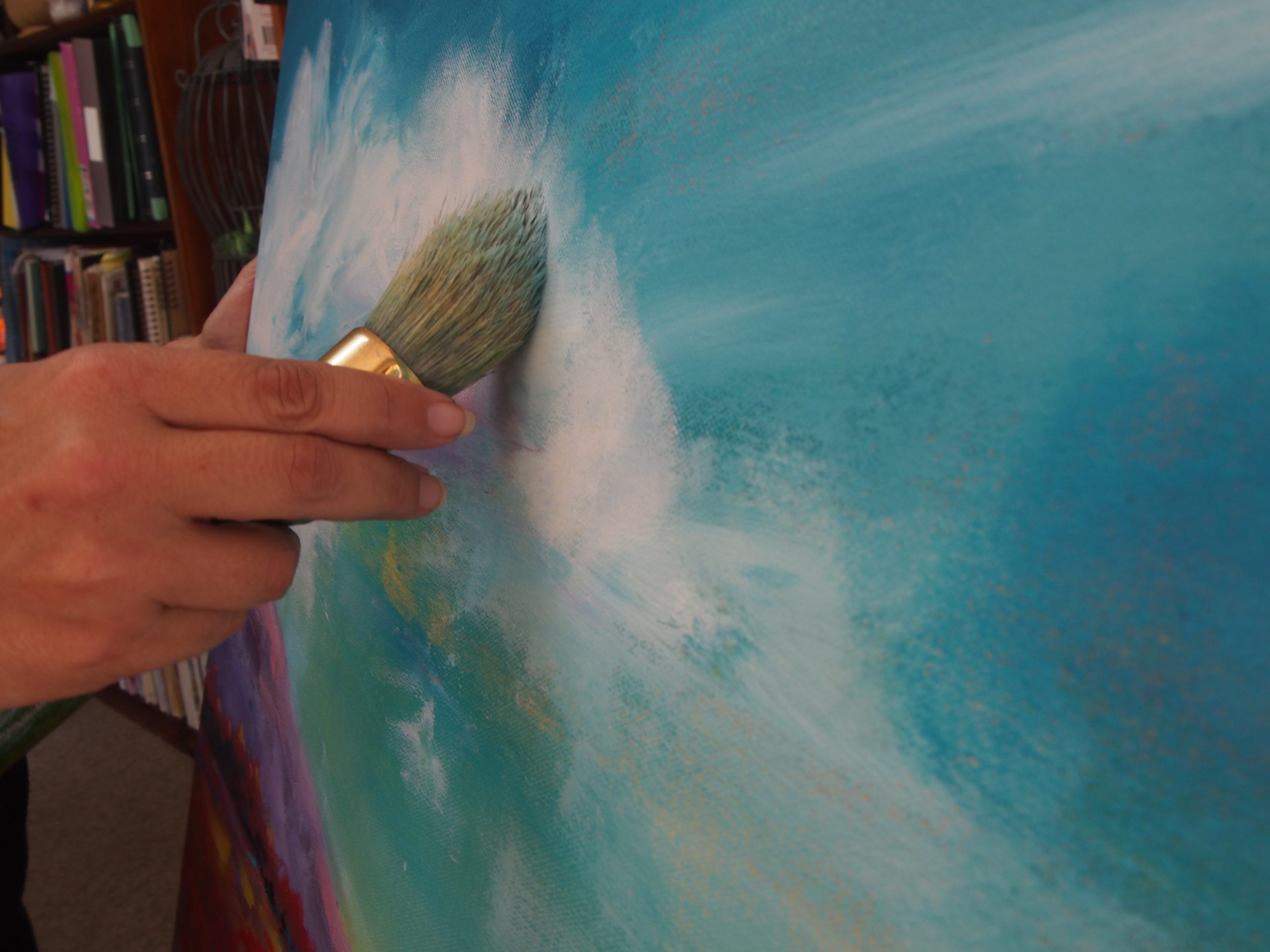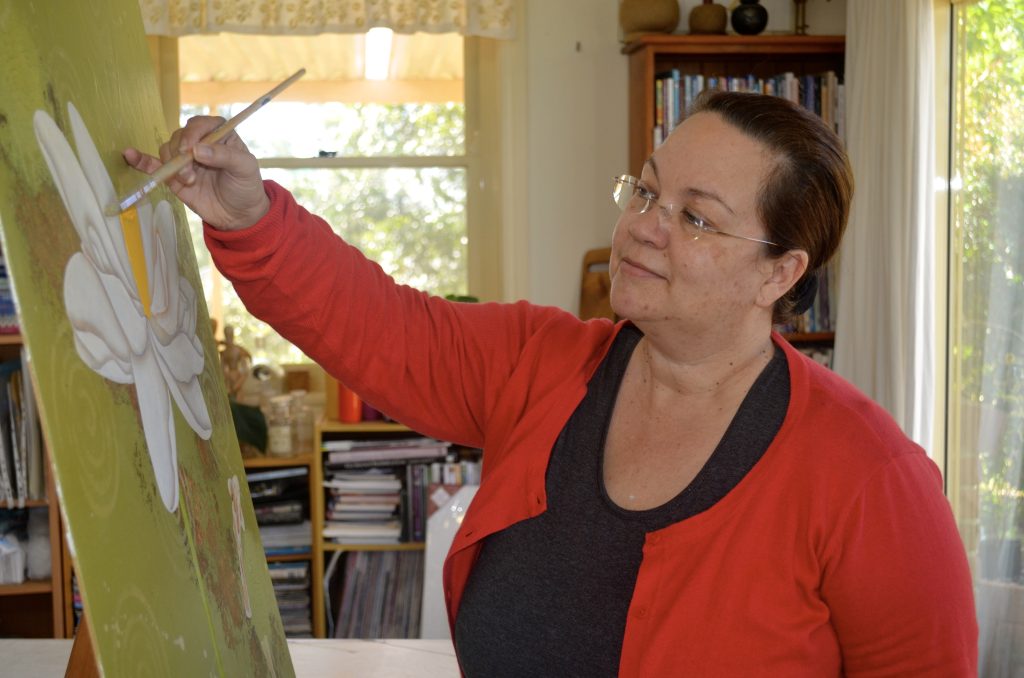As an artist, creating a piece that resonates with you and your audience can be both exhilarating and intimidating. However, the real challenge begins when you need to assess your artwork critically. Evaluating your art requires a discerning eye, an open mind, and a willingness to identify areas for improvement. In this article, we will explore the process of critically assessing your artwork, providing you with the tools and techniques to refine your craft.
Understanding the Importance of Critical Assessment
Critical assessment is essential for artistic growth and development. By evaluating your artwork, you can:
- Identify strengths and weaknesses: Recognising your strengths allows you to build upon them, while acknowledging weaknesses helps you to address and improve them.
- Refine your style: Critical assessment enables you to refine your unique style, distinguishing yourself from others and developing a cohesive body of work.
- Enhance creativity: The assessment process encourages experimentation, pushing you to explore new ideas and techniques.
- Develop a critical eye: Learning to evaluate your own work critically prepares you for feedback from others, helping you to navigate constructive criticism and use it to your advantage.
Preparing for Critical Assessment
Before diving into the assessment process, it’s essential to prepare yourself and your artwork:
- Take a step back: Give yourself time and space between creating and evaluating your artwork. This allows you to approach your work with a fresh perspective.
- Document your process: Record your creative journey, including sketches, drafts, and iterations. This helps you track your progress and identify areas for improvement.
- Gather feedback: Share your work with trusted peers, mentors, or online communities to gather constructive feedback and insights.
Critical Assessment Framework
To critically assess your artwork, consider the following framework:
- Description: Describe your artwork objectively, noting its physical properties, materials, and composition.
- Analysis: Break down your artwork into its constituent parts, examining the relationships between elements, such as color, texture, and form.
- Interpretation: Interpret the meaning and themes in your artwork, considering the emotions, ideas, and messages you aim to convey.
- Evaluation: Evaluate your artwork’s technical merit, aesthetic appeal, and emotional resonance, considering its overall impact and effectiveness.
Description: Objective Analysis
When describing your artwork, focus on its physical properties and composition:
- Materials and medium: Note the materials and medium used, considering their textures, coloUrs, and durability.
- Composition: Describe the arrangement of elements, including balance, proportion, and negative space.
- ColoUr palette: Identify the dominant colors, considering their hue, saturation, and emotional impact.
- Form and structure: Describe the three-dimensional qualities of your artwork, including shape, volume, and mass.
Analysis: Breaking Down the Artwork
During analysis, examine the relationships between elements in your artwork:
- Visual flow: Consider how the viewer’s eye moves through the artwork, guided by lines, shapes, and colours.
- Colour harmony: Evaluate the interaction between colours, considering contrast, complementarity, and analogy.
- Texture and tactility: Assess the role of texture in your artwork, including its visual and tactile qualities.
- Balance and tension: Examine the balance between elements, considering symmetry, asymmetry, and visual tension.
Interpretation: Uncovering Meaning and Themes
When interpreting your artwork, consider the emotions, ideas, and messages you aim to convey:
- Emotional resonance: Reflect on the emotions your artwork evokes, considering the role of colour, composition, and symbolism.
- Thematic exploration: Identify the themes and ideas explored in your artwork, such as identity, social justice, or environmentalism.
- Symbolism and metaphor: Analyse the use of symbols and metaphors, considering their cultural, historical, and personal significance.
- Narrative and storytelling: Evaluate the narrative or story behind your artwork, considering its coherence and impact.
Evaluation: Assessing Technical Merit and Aesthetic Appeal
When evaluating your artwork, consider its technical merit, aesthetic appeal, and emotional resonance:
- Technical skill: Assess your technical proficiency, including your mastery of materials, techniques, and craftsmanship.
- Aesthetic appeal: Evaluate the visual appeal of your artwork, considering its beauty, harmony, and balance.
- Emotional impact: Consider the emotional response your artwork elicits, including its ability to engage, provoke, or inspire.
- Originality and innovation: Assess the originality and innovation in your artwork, considering its unique perspective, style, or approach.
Conclusion
Critically assessing your artwork is a crucial step in refining your craft and developing your unique style. By using the framework outlined above, you’ll be able to evaluate your artwork objectively, identify areas for improvement, and push your creative boundaries. Remember to approach the assessment process with an open mind, a willingness to learn, and a commitment to growth. Through critical evaluation, you’ll refine your artistic voice, enhance your creativity, and produce artwork that resonates with your audience.
Additional Tips and Resources
- Keep a sketchbook or journal: Record your ideas, sketches, and reflections to track your creative journey.
- Join online art communities: Share your work, gather feedback, and connect with fellow artists on platforms like Instagram, DeviantArt, or Behance.
- Attend art workshops and exhibitions: Expand your knowledge, network with artists, and stay inspired by attending workshops, exhibitions, and art events.
- Experiment and take risks: Don’t be afraid to try new techniques, materials, or styles – it’s often the best way to discover new creative possibilities.
By incorporating critical assessment into your artistic practice, you’ll develop a deeper understanding of your craft, refine your skills, and produce artwork that truly reflects your vision and creativity.


